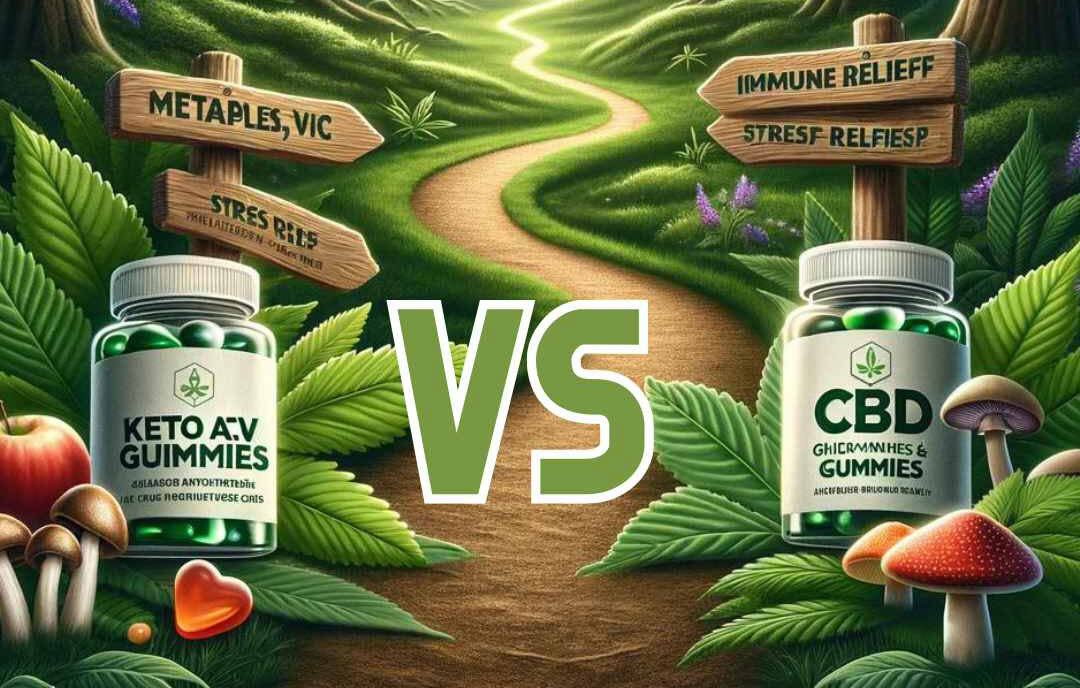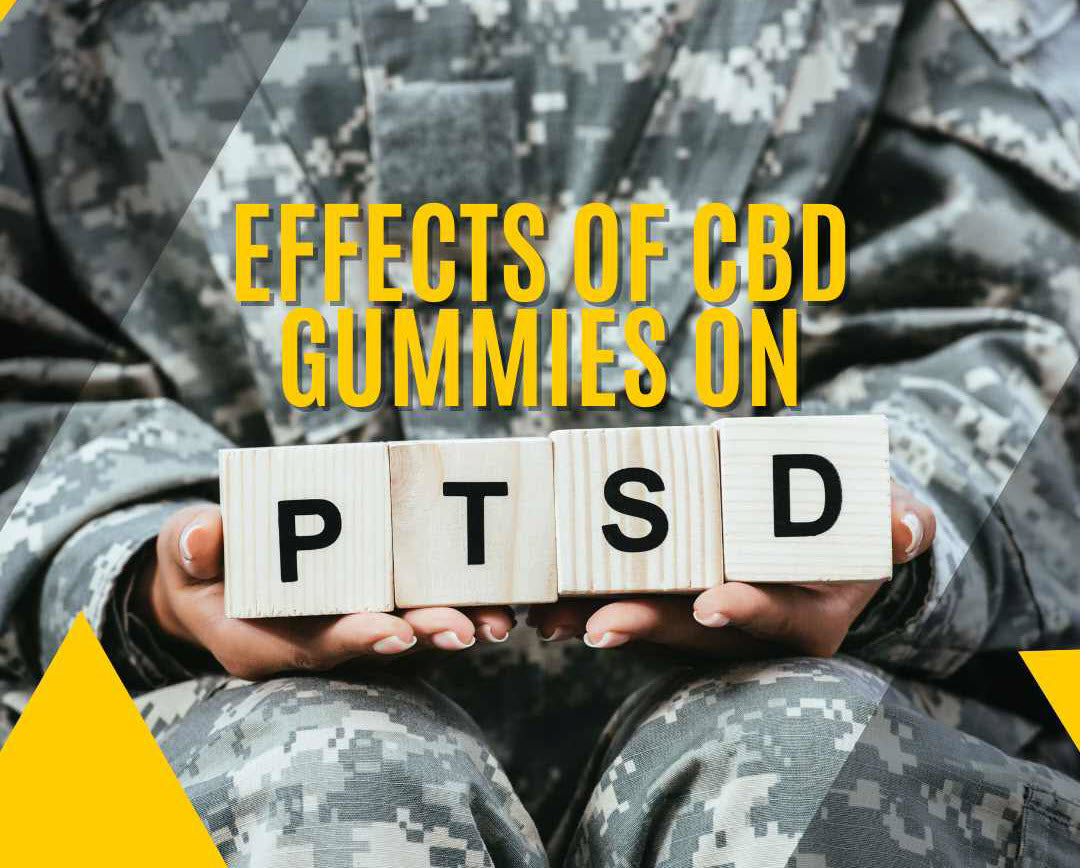* DISCLAIMER: The information in this article is for educational purposes only. It does not exploit or provide medical advice of any kind. Therefore, any reliance you place on the information below is strictly at your own risk. Please check with your medical provider before starting or changing a CBD routine.
DO NOT BE FOOLED
More often than not you hear people making claims about…this does this and that does that! But how often are claims actually supported by science, versus claims that are only supported by word of mouth or an individual’s experience? It has become far too normal for people to make recommendations or claims that are fallacious and are in no way supported by science... I like to call it "bro science". This really becomes an issue when the claims people are making can be potentially damaging to the person you provide the recommendations.
NLEA x FDA x CBD
Health claims on food labels are currently regulated under the 1990 nutrition labeling and education act (NLEA) and more specifically, regulation guidelines had been issued in 1994 by the US food and drug administration (FDA). The intent of these laws are manifested by the implementation of them, which are supposed to limit what claims are to be made unless otherwise backed by scientific research, Roe et al.,1999. However, today there is much debate as to whether or not these guidelines are true or followed appropriately under the regulation of the FDA. This makes you wonder what type of claims are currently being made with regards to products that are NOT regulated by the FDA, like Cannabidiol (CBD) and fitness supplements such as creatine and protein powders.
WHAT DOES THIS MEAN?
Cannabidiol (CBD) has recently exploded onto the market place targeting a wide range of demographics, and with that a flood of new content has emerged on to everyones favorite super duper scientific based platform, otherwise know as GOOGLE. Although there is tons of new research and literature that supports the use of CBD for treating pain and inflammation (if you know where to look), often times people make recommendations to replace clinically prescribed medication with CBD or to couple them together. The problem here is that there is almost no evidence that conclusively states the interactions or the adverse events that may occur while taking other medications with CBD. It is ALWAYS best to consult your physician if your are not certain about the interactions you may experience. Often times people do not take into consideration that every single person is different and with that, so is their responses to cannabis and almost anything else.
I recently stumbled across a prime example of what NOT to do or follow if given this sort of recommendation. A person claimed that they were having an orthopedic issue with their heel and that they have been taking CBD with no therapeutic response. An individual encouraged them to INCREASE the dose! Do you see the problem here? For one, research states that there is a dose response relationship to cannabis, Hammell et al., 2016, Philpott et al., 2017, meaning that relatively little amounts will produce no therapeutic response, an optimal response would be somewhere in the middle, and a poor response could be attributed to taking too much. With that said, one should never take a personal recommendation and provide someone with that exact dosage claim. This was just a small yet significant example of the inability to acquire knowledge that is backed by science. In this case individuals should seek professional help from their physician to address the underlying condition, rather than just trying to mask a chronic issue that could potentially become lifelong if not dealt with appropriately.
When CBD is used the way it was intended it may do wonders for some people and almost nothing for others. It should be strongly encouraged that if the underlying condition is serious enough to seek medical attention, consult your physician about coupling CBD with your current treatment plan. This will help maximize the benefits of both CBD and professional treatment options. Finding the optimal dose may take some time and consistency. Be mindful of what your body is telling you, not what other bodies are telling you.
APPLICATIONS x CBD
New to CBD? check out the related link to the new user guide.
Cannabinoid options of application:
Transdermal (Skin)-Topical Salve: This application is typically used for acute and direct application. Such as an ankle sprain, arthritis, tendonitis, plantar fasciitis, carpal tunnel, tennis elbow, fibromyalgia and migraines. Full-spectrum salves provide a whole panel of cannabinoids for increased potency.
Edible Application
Tinctures: Tincture oils are utilized in full-spectrum form (whole plant derived) and Isolated forms (Pure CBD) that are applied directly under the tongue or mixed in water. This form is typically used for direct application to the central nervous system and the entire body for ailments like anxiety, stress, epilepsy, insomnia, sleep disorders, depression, PTSD, autoimmune responses, ADHD, cancer, systemic inflammatory disease such as, cardiovascular disease, diabetes and metabolic syndrome. All applications are available as CBD isolate, broad spectrum and full spectrum.
Soft Gels: Full-spectrum soft gels essentially have the same application as tincture oils. The difference is that each soft gel is measured to a specific milligram to provide a consumer with a perfectly measured dose of CBD. This would be used for any ailments one might use CBD for, including all the ones listed above.
Superfood powder: Super food green powder has a broad range of greens, phytonutrients, vitamins and of course CBD. This application is great to give some a nice, clean energy boost before a workout or just to get your day started naturally with improved focus.
x REFERENCES x
Roe B, Levy AS, Derby BM. The impact of health claims on consumer search and product evaluation outcomes: Results from FDA experimental data. J Public Policy Mark1999;
Hammell DC, Zhang LP, Ma F, et al. Transdermal cannabidiol reduces inflammation and pain-related behaviours in a rat model of arthritis. Eur J Pain (United Kingdom)2016;
Philpott HT, O’Brien M, McDougall JJ. Attenuation of early phase inflammation by cannabidiol prevents pain and nerve damage in rat osteoarthritis. Pain2017;
Kai Pattison, M.S.
Nanocraft Sciences
Athlete Relations x Physiologist
Kai Pattison was born and raised on the North Shore of Oahu, Hawaii. Kai graduated with a Master’s degree in clinical physiology from Point Loma Nazarene University. He is very passionate about human physiology and the applications in sport performance, recovery and clinical diagnostics. Kai has specialized in cardiopulmonary diagnostics, exercise induced energy expenditure and metabolism. Kai has also gained extensive research experience at UCSD on Parkinson’s disease. He enjoys educating and informing people on the importance of exercise to reduce risk of multiple inflammatory diseases, such as diabetes and heart disease. His passion for alternative medicine enables him to strive when promoting health and wellness.
Tagged under














No comments yet!
Be the first to comment